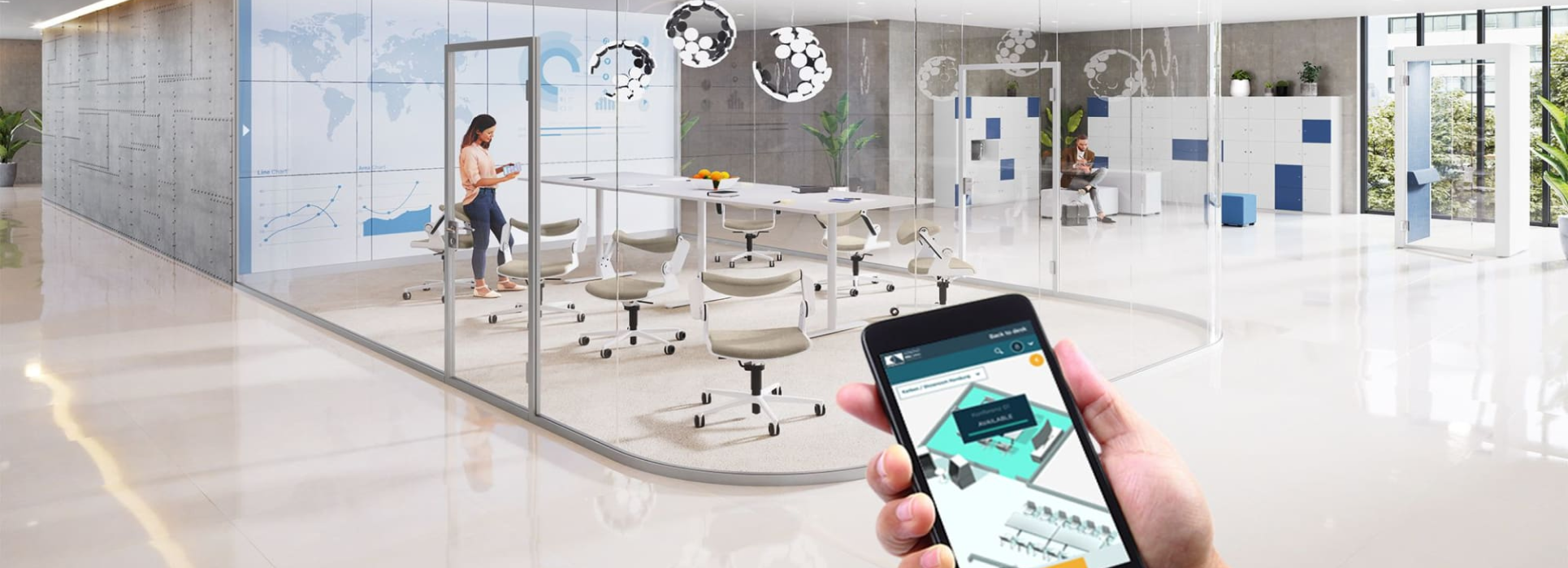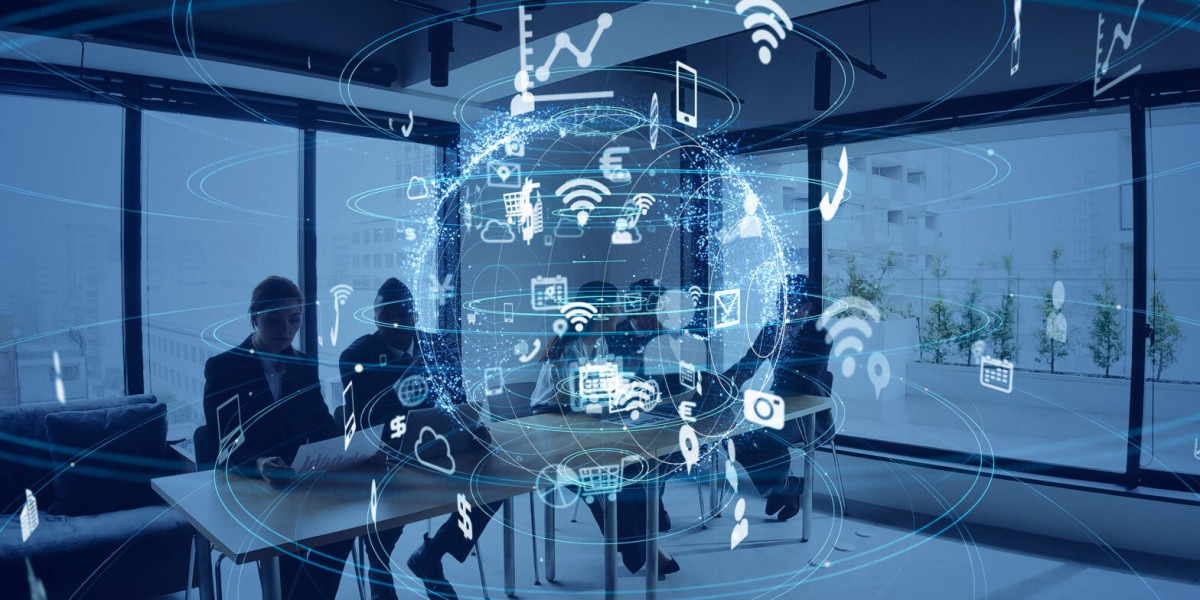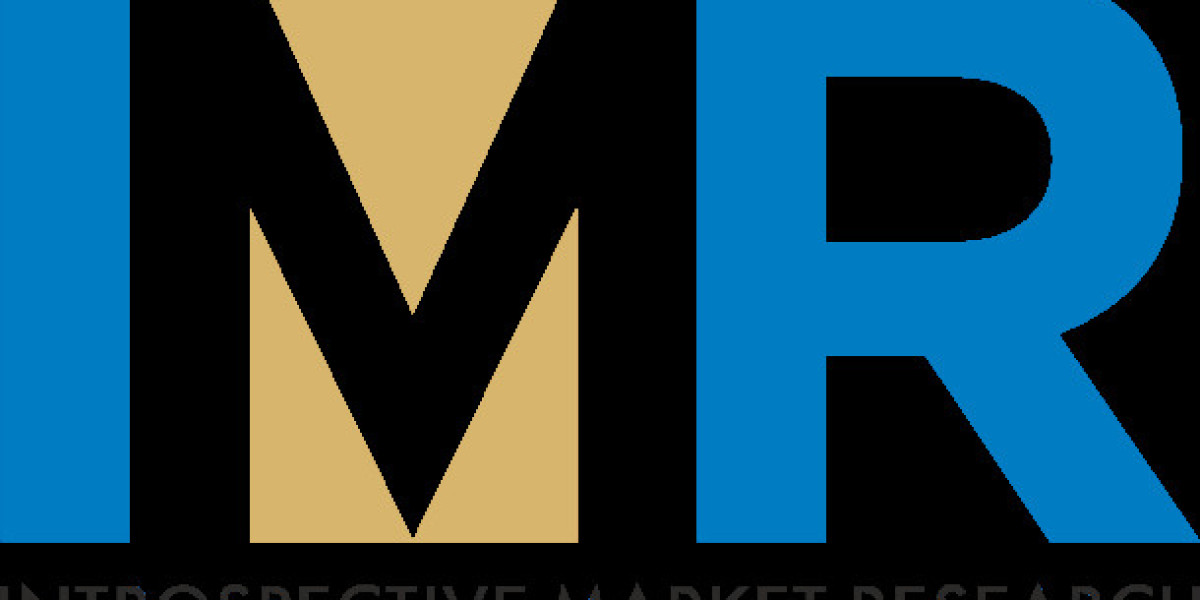From automated systems to AI-driven analytics, these innovations are reshaping how businesses operate and employees collaborate in modern office environments. Here’s a comprehensive look at the advancements in smart office technology and their impact on workplace efficiency.
What is Smart Office Technology?
Smart office technology refers to the integration of IoT devices, sensors, and automation systems within office spaces to enhance productivity, comfort, and energy efficiency. These technologies collect and analyze data to optimize various aspects of office management, from environmental control to resource utilization and employee well-being. By leveraging interconnected devices and data-driven insights, smart offices aim to create more responsive, adaptable, and user-centric work environments.
Enhancing Workplace Efficiency with IoT
IoT plays a central role in smart office technology by connecting devices and systems to create a seamless workplace experience. Sensors embedded in lighting, HVAC (Heating, Ventilation, and Air Conditioning), and office equipment monitor usage patterns in real-time. This data enables automated adjustments based on occupancy levels, optimizing energy consumption and creating a comfortable environment for employees. For instance, smart lighting systems adjust brightness and color temperature dynamically, enhancing employee comfort and productivity while reducing energy waste.
AI and Data Analytics in Office Management

Artificial Intelligence (AI) and advanced data analytics are revolutionizing office management by providing actionable insights into space utilization, employee behavior, and operational efficiency. AI-powered algorithms analyze data from IoT sensors and employee interactions to predict trends, optimize workflows, and improve decision-making processes. For example, AI-driven scheduling tools can optimize meeting room availability based on usage patterns, ensuring efficient use of office space and resources.
Collaborative Tools and Communication Platforms
Smart office technology includes collaborative tools and communication platforms that facilitate seamless interaction and information sharing among employees, whether they are in the office or working remotely. Cloud-based software solutions enable real-time collaboration on documents, project management, and virtual meetings, fostering productivity and teamwork across geographies. Moreover, integrated communication platforms unify messaging, voice, and video conferencing capabilities, streamlining communication channels and reducing communication barriers.
Wellness and Employee Experience
Employee well-being is a critical aspect of smart office technology, with innovations designed to enhance comfort, health, and satisfaction. Ergonomic furniture, adjustable workstations, and biophilic design elements promote physical well-being and reduce workplace-related injuries. Additionally, smart sensors monitor indoor air quality, temperature, and noise levels, creating a conducive environment for concentration and creativity. By prioritizing employee experience, smart offices aim to boost morale, retention rates, and overall productivity.
Security and Access Control Systems
Security is another key area where smart office technology excels, with advanced access control systems and surveillance solutions. Biometric authentication, smart locks, and RFID (Radio Frequency Identification) badges ensure secure access to premises and sensitive areas, reducing the risk of unauthorized entry and enhancing overall safety. Integrated surveillance cameras and AI-powered analytics monitor suspicious activities in real-time, providing proactive security measures for employees and assets.
Sustainability and Energy Efficiency

Smart office technology contributes to sustainability goals by optimizing energy use and reducing environmental impact. Energy-efficient lighting systems, automated HVAC controls, and smart building management systems (BMS) minimize energy consumption while maintaining optimal comfort levels. Real-time monitoring and analytics identify areas for improvement, such as equipment upgrades or operational adjustments, to achieve greater energy efficiency and reduce carbon footprint. By adopting green technologies and practices, smart offices demonstrate corporate responsibility and contribute to a more sustainable future.
Future Trends and Outlook
Looking ahead, the evolution of smart office technology continues with advancements in AI, IoT connectivity, and user-centric design. Predictive analytics will enable proactive maintenance of office equipment, further enhancing reliability and reducing downtime. Virtual reality (VR) and augmented reality (AR) applications may revolutionize remote collaboration and training programs, creating immersive experiences for employees across different locations. As businesses prioritize agility, flexibility, and employee well-being, the adoption of smart office technologies is expected to accelerate, driving innovation and reshaping the future of work.
Conclusion
Smart office technology represents a paradigm shift in workplace management, leveraging IoT, AI, and advanced analytics to optimize efficiency, enhance collaboration, and improve employee well-being. By integrating intelligent systems and data-driven insights, businesses can create agile, responsive, and sustainable work environments that adapt to evolving needs and challenges. As organizations embrace digital transformation, smart office technologies will continue to play a pivotal role in fostering innovation, productivity, and employee satisfaction in the modern workplace.
In conclusion, the adoption of smart office technology not only enhances operational efficiency and sustainability but also empowers businesses to create more engaging and productive workplaces for their employees.














